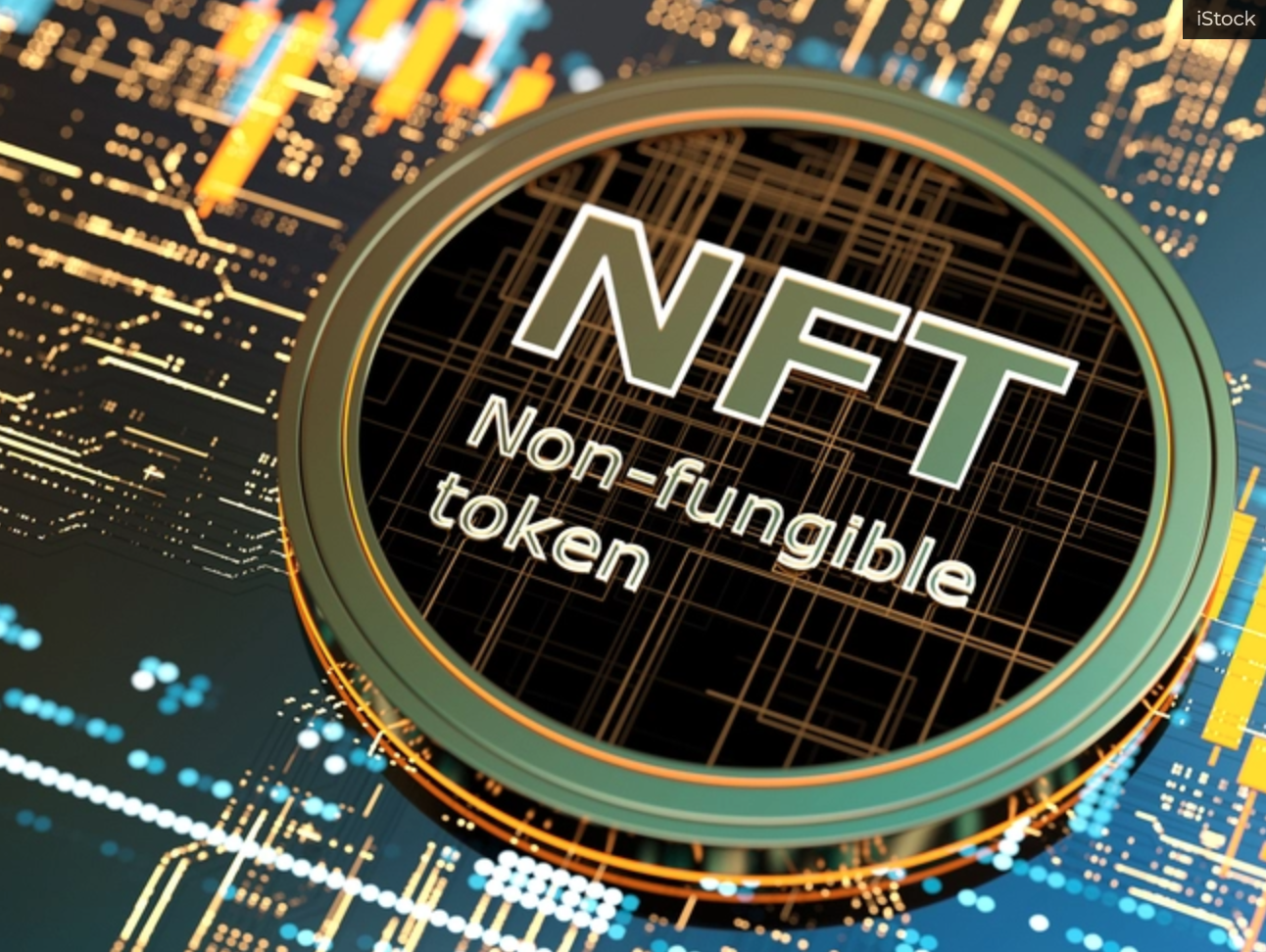Interest in, and excitement about, non-fungible tokens (NFTs) exploded in 2021 and the first few months of 2022. Today, NFTs—digital tokens stored on a blockchain that can record ownership of items—have been developed for a wide swath of items, from digital art to event tickets to real-world luxury goods. The numbers are head-turning: NFT sales volume totaled $25 billion in 2021, compared to just $95 million in 2020. Already in 2022, daily sales on Opensea, the popular peer-to-peer marketplace for NFT, have reached all-time highs.
NFTs have the potential to disrupt a wide array of industries. Many experts expect NFTs to prove especially transformative in shaping the future of music. Songs, albums, music, lyrics, and soundbites can all be NFTs. Last year, Kings of Leon became the first band to release an album as an NFT. Music can even be combined with digital art in jpeg or gif formats to create unique pieces of artwork with music incorporated. For example, Lostboy NFT is a popular music collective that combines music and art, along with a focus on mental health. Thanks to smart NFTs that can support multiple formats, music-related NFTs can be displayed differently depending on how they are accessed. For example, an audio NFT can include a PDF resource that contains the lyrics to a song or a message from a musician, which would be displayed when it is opened in text-based format.
When you take a deep dive into what NFTs enable, NFTs seem especially poised to define the future of music.
Enabling equitable compensation.
For decades, musicians have not been equitably compensated for their music. This has been particularly apparent in the music industry. As reported by Fortune, the typical total revenue split is 50/50—with only 50% of revenue going to the entertainer and the rest shared among agents, lawyers, and distributors. The reality is even grimmer when it comes to musicians who distribute their content via streaming services. Most of Spotify’s top 0.8% of artists earn less than $50,000 in streaming revenue.
Source: Forbes.






